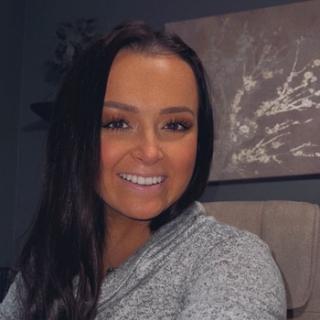Radiation Biology Branch
Radiation Biology Branch
About
The Radiation Biology Branch research activities are focused on pre-clinical basic science research aimed at identifying and incorporating novel approaches to cancer treatment, evaluation, and prevention. A variety of approaches are evaluated at the molecular, biochemical, cellular, and physiological levels including the impact of the tumor microenvironment and metabolic mutations to improve cancer treatment. Intentional or accidental exposure of humans to ionizing radiation or a course of definitive radiation therapy can lead to cancer induction or second malignancies. Research studies are directed to identify interventions to delay or prevent radiation-induced cancer after the exposure has occurred. Emphasis is placed on gaining a better understanding of the mechanisms of cell killing and protection and the activation/inhibition of complex signaling pathways mediated by oxidative stress, including ionizing radiation, reactive oxygen species (ROS), and reactive nitrogen species (RNS).
A variety of cancer treatment modalities including ionizing radiation, cytotoxic and non-cytotoxic drugs, combinations of drugs and radiation, various enzymatic inhibitors, antioxidants, and a variety of agents that impose oxidative stress are used to reduce tumor growth, enhance the radiosensitivity of tumors, protect normal tissues against radiation damage, or decrease metastatic phenotypes. Additionally, chronic inflammation within the tumor microenvironment or within radiation-damaged normal tissues can result in generation of ROS and RNS and means of inhibiting inflammation by use of inhibitors of inducible nitric oxide synthase (iNOS), COX-2 inhibitors, and nitroxide antioxidants are being investigated. Novel functional imaging approaches including non-invasive measurement of tissue oxygen concentration and metabolism as measured by C13-pyruvate are being implemented as a means of improving cancer diagnosis, guiding individualized therapies, and temporal assessment of treatment response. The development, testing, refinement, and application of low-frequency electron paramagnetic resonance (EPR) functional imaging devices suitable for in vivo imaging of paramagnetic species has resulted in a prototype scanner for small animals that non-invasively measures tissue oxygen concentration. The ability to acquire multiple images over time is a unique feature of this novel imaging technology permitting monitoring physiological changes in the tumor in response to therapy. Pre-clinical metabolic imaging using hyperpolarized metabolic substrates is also being developed to access tumor response following various cancer treatment modalities as well as metabolically directed inhibitors.
Job Vacancies
We have no open positions in our group at this time, please check back later.
To see all available positions at CCR, take a look at our Careers page. You can also subscribe to receive CCR's latest job and training opportunities in your inbox.
News
Learn more about CCR research advances, new discoveries and more
on our news section.
Contact
Contact Info
Center for Cancer Research National Cancer Institute
- Building 10, Room B3B69
- Bethesda, MD 20892-1002
- 301-496-7511



